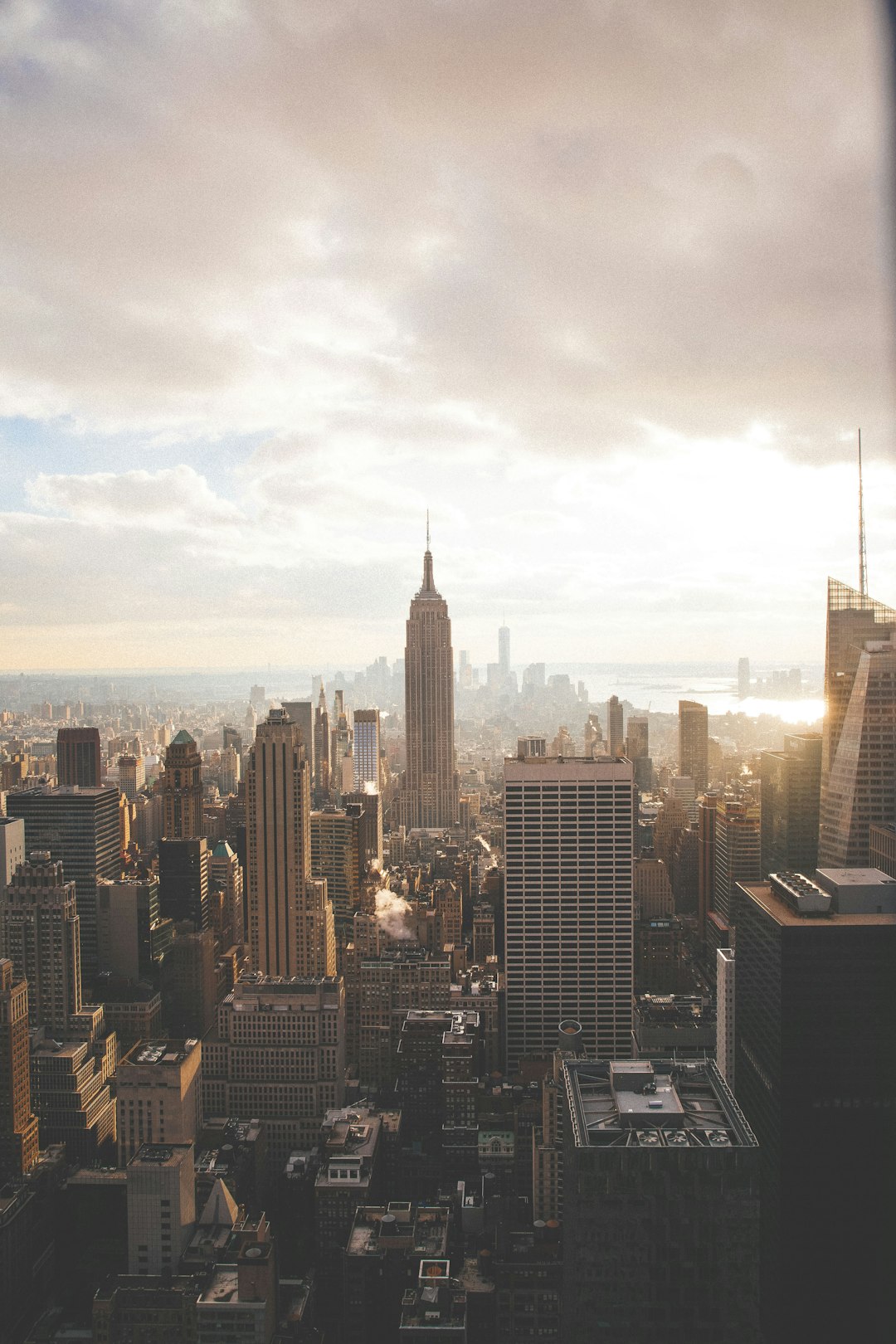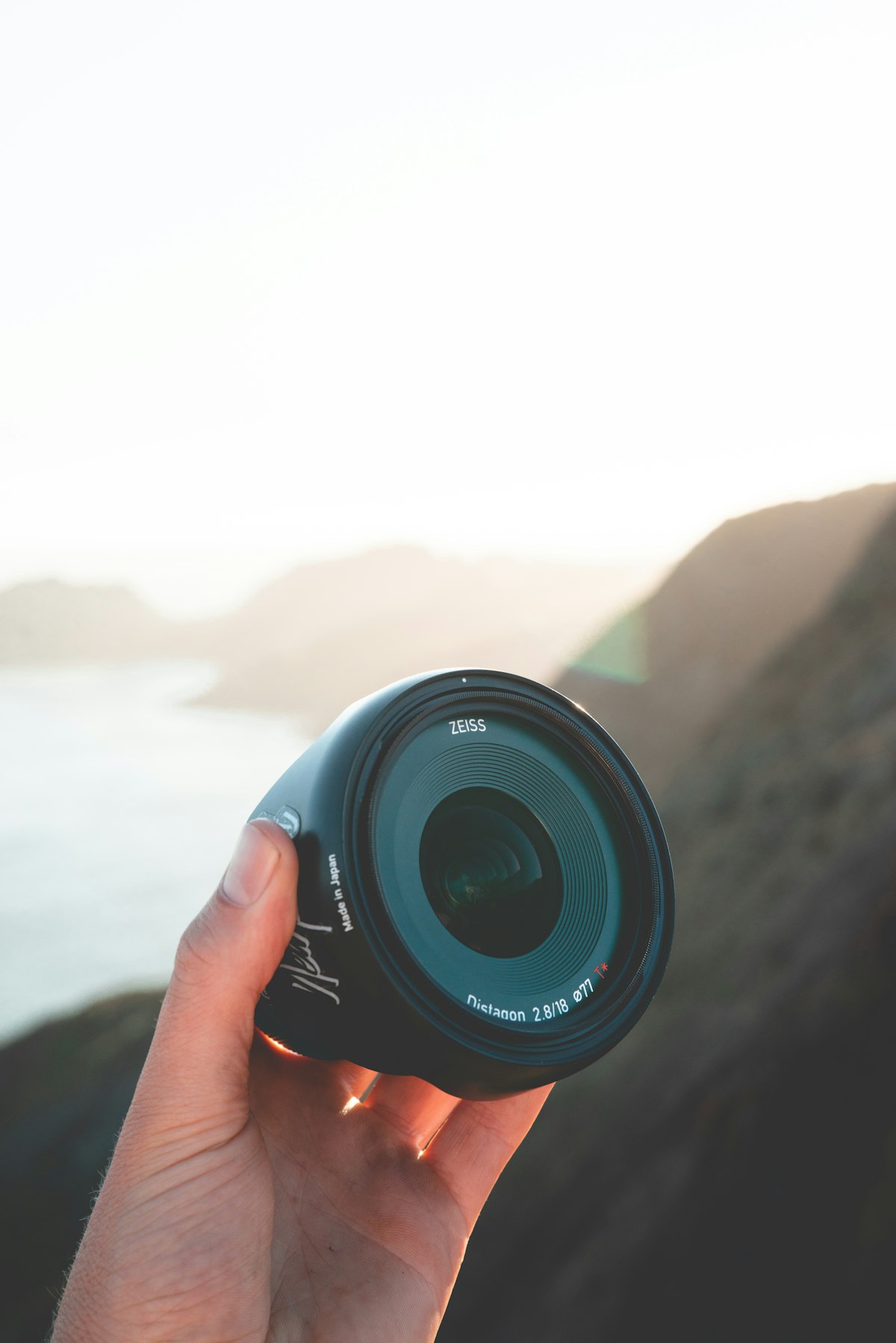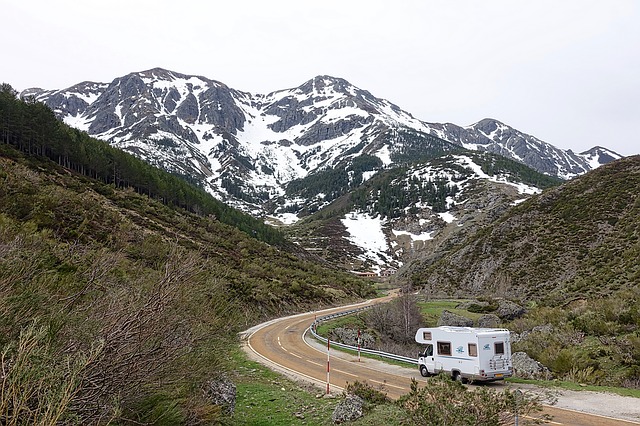
Photography has potential to be a stress buster and enjoyable hobby. Whether you enjoy the process of taking pictures or just like admiring well-take photographs, photography will allow you to immortalize moments and relive them again and again. Like they always say, a picture is worth a thousand words.
To shoot better photographs, try to stand closer to what you are framing in your shot. If you get closer to your subject you can frame it, and focus on it. It also allows facial expressions to really stand out, which can provide your pictures with a lot of emotion. Those small, yet important details are often lost when you’re standing too far away.
You should try to stay away from an overcast sky when taking pictures. Your photo will look washed out if you have too much gray sky in it. Pictures in black and white are better if shot under overcast skies. If it is a nice day outside, put as much of the blue sky in your pictures as you would like, but be careful with the lighting.
Choose the subject of your photo. Many good photos show only a carefully chosen portion of the subject, rather than the whole thing. Don’t try to put everything into a single frame. To move beyond the small focus of just one picture, try taking a series of photos on the same subject. This is better than one overly general photo.
Professional Grade
Different locations and lighting situations call for varying shutter speeds to produce the best results. With developed skills, you can stop the action, extend it in a creative montage, or bring special feature into focus. Fast shutter speeds allow you to capture moving objects while slow shutter speeds are ideal for shooting calm, tranquil scenery.
If you want to take professional grade photos, you need a professional grade camera. Consider adding a digital SLR to your collection of cameras if you want to have optimum images. If you want to take photographs like the professionals, then it stands to reason that you should use what the professionals use.
When you are setting up a photograph, keep your effort simple. Keeping it simple means sticking with standard settings instead of changing them every time you shoot. You can take terrific photos this way.
While many photographers prefer to emphasize landscapes from a distance, viewers often focus on the foreground instead. To create a frame that is striking and increase the depth of your photo, plan the foreground of the shot.
Taking pictures should be fun. Taking photographs should allow you to capture the essence of a memorable event in your life, or perhaps just to snap a glimpse of everyday life. If you truly love taking photographs, you’ll improve your knowledge and skills much quicker.
Remain completely immobile when it’s time to click the shutter to get that ultimate photograph. Even if you move the camera a little, it can ruin the photo. Some people agree that it’s best to stop breathing right before pressing the button, as a way of personally steadying yourself.
Most modern digital cameras have a flash that automatically deploys when they detect low-light situations. These are great for a quick snapshot, but if you want to take your photos to the next level, consider a professional external flash unit to provide a better range of lighting options. Make sure that your camera contains a “hot shoe” that accommodates an external flash. Make a trip to a camera store to make sure you get the right flash for your camera.
Consider joining a photography based club, or simply going out and taking some pictures with a fellow photographer. You can pick up certain techniques from others, but you do need to strike out and develop your own style. Compare your pictures with others and see how photos of the same subject can appear different when taken by two different photographers.
Look for the perfect balance of aperture, ISO and shutter speed. That combination will decide your picture’s exposure. Overexposure or underexposure are usually considered to be negatives, unless you are going for a very particular feel to the image. With a little experimentation, you can strike the right balance between the 3 settings to deliver the results you want.
It is common to come from a background of thinking everything has to be even and centered. In a society that values perfection, it can seem logical to frame your photos with the subject perfectly framed in the center, but you should actually try placing the subject off-center for a more interesting shot. Also, be aware of auto-focusing features that zoom in on what is centered in front of the camera lens. Instead, focus the camera manually, then secure the focus prior to taking the photo.
Once you have chosen your photo and are going to press the button, make sure to stay still and not breathe. When you move quickly, even if the movement is minute, it will interrupt the shot’s clarity and ruin a shot. If you have to, give yourself a few seconds to get in a comfortable spot and stand still.
Always pay close attention to the natural light in the environment. When taking outdoor photos, pick a time when the sunlight is low; generally late afternoon or early morning is best. A high sun will cast shadows, or cause your subject to squint. The optimum way to make use of the sunlight is by setting up a shot in which the subject in the photo is getting hit side on.
Composition is a photographic skill worth mastering, whether you want to develop a professional talent or are simply interested in taking better pictures. Lackluster composition can ruin the potential of a shot, just as any piece of art in any medium needs good composition. Learn how to implement quality composition into your photography, and you will notice a vast improvement.
Try to avoid setting your digital camera to the lowest settings in order to fit more photos on the camera because you will sacrifice print quality. Only use the lowest image quality settings if you are completely sure that the images will only be viewed on a computer monitor.
Enhance your photograph with a silhouette. Most silhouettes are created using a sunset. There are so many other ways to do it too though. If the difference in lighting between the subject and background is significant, with the background being brighter, it will create a silhouette. By using an off camera flash behind the subject, or by positioning the subject in front of a bright window, you will be able to create a perfect silhouette. However, keep in mind that occasionally, a face or body outline could highlight a bad feature of your subject.
Be sure to not lose out on a good photo opportunity because you are messing with the settings. You don’t want a preset where the camera chooses your settings. Look around and find a setting which lets you change things as you want to.
Learn to vary your shutter speeds according to the scene. While a fast shutter speed is the norm, imagine the possibilities of taking pictures with a slower shutter speed. Do you see a person riding a bicycle nearby? Your results will show the background being streaked in a horizontal manner, and that shows speed.
Different filters are used as an extension of a camera’s lenses. You can screw a filter right on the lens to get additional effects. UV filters are the most popular type. This type of filter will protect your lens from direct sunlight and it’s harmful UV rays. The filter can also minimize damage to the camera lens if you accidentally drop your camera.
Your camera can be a fantastic way to get beautiful shots if used correctly. If you want a depth of field that is shallow, your camera can help. It will blur the background and the subject will stand out.
Shutter Speeds
Take the proper amount of time so that you can pose your subjects. If you find your family photos aren’t turning out very well, it could be because you have too many candid shots. Posing your subject will increase the likelihood you get the shot you want.
Play around with shutter speed. Although the quickest shutter speeds are used to freeze a moment in time, consider what is possible with slower shutter speeds, such as 1/30. Do you see that cyclist zooming along the road? The end result will be a sharp cyclist with a background that has some horizontal streaking to express his speed.
Learn when it’s okay and not okay to use the flash with your camera. Don’t just turn it off and forget about it. In some instances, the extra light provided by the flash could ruin your shot. Only use your flash if the lighting in the area is low.
Your camera is a tool, and should be used as such for your shots. You can use a shallow depth to help draw attention to the actual subject of the shot and blur the backgrounds.
Be mindful to stay in optical zoom rather than digital zoom when you are zooming in close on your subject. With digital zoom, many cameras allow you to zoom in to the point where the quality of the image is seriously compromised. The photograph will then appear either too blurry or too grainy. Image quality is decreased in digital mode because it adds interpolated pixels to the generated image. Read your camera manual, so you can see how to disable the feature in your model.
Get closer. As you frame shots, see if you can zoom in or draw nearer to the subject. Really try to fill your camera’s frame with only your subject. If there is too much in the background, it will make the regular picture too cluttered. Details are more apparent and inviting when subjects are close.
The first picture you take might not be the best. Once you find an interesting subject, take many pictures and select the best ones later. Thanks to having digital cameras, this can be done easily and then you are sure that you will not miss any moments that you really wanted to get.
Learning how to hold a camera correctly is one of the most basic elements required for taking good photographs. If you are not holding your camera in the right way, you will get a shaky picture. KEep your arms near your body and support your lens with the non-dominant hand.
Use the manual setting to adjust your white balance. While pretty much every camera will do this for you automatically, but setting it manually gives you much more control over the look of your photograph. By setting it yourself, you can control the yellow tint of some light sources. You will also be able to control the mood of your photographs better.
If you are planning on traveling, do not get a camera that requires lithium batteries. Most airlines do not allow you to travel with extra batteries in your luggage for safety reasons. However, you can put these batteries in your camera, and carry the camera onto the plane.
Low light pictures are some of the hardest to master. Brace yourself or make sure your hand is as steady as it can be if you’re taking pictures in low lighting. Rest you hands on something sturdy if need be before you snap the picture. A tripod can also help, as you can lock in your camera so that it does not move.
Although you might not believe a flesh is necessary for taking pictures outdoors, you might want to rethink this approach. When the sun is too bright, deep facial shadows can be created. If your camera has a setting for fill flash, set your camera to it. This will add some light to the shadowed areas of the face, evening out the overall lighting and improving the photograph.
If you are going to take pictures of a person, always hold your camera at their eye level. This makes your photographs more personal and will draw more people to the photo. If you’re taking pictures of children, you may need to stoop to their level.
Although not all people enjoy taking pictures, most people enjoy looking at them. When you become a good photographer, you will be able to chronicle even the briefest moments of your lifetime. An exciting, fulfilling hobby to participate in is photography. Sharing photos with the world, as previously stated, can also help you reduce stress and pause to appreciate things.
You might want to use a flash if you are taking photos outside. Blinding sun can create facial shadows. Look for a fill setting on your flash to combat this effect. This will penetrate the face’s deep folds.
Clearly, Gopro Accessories,DuPont Fiber bed pillow
nurse home waterproof mattress protector
mattress and box spring covers is a complex topic. There is, however, the fact that you can find out a lot of information on them. This will allow you to be successful and stay up-to-date. The article you’ve just read is an excellent guide for beginning your quest of becoming a pro on the subject.














